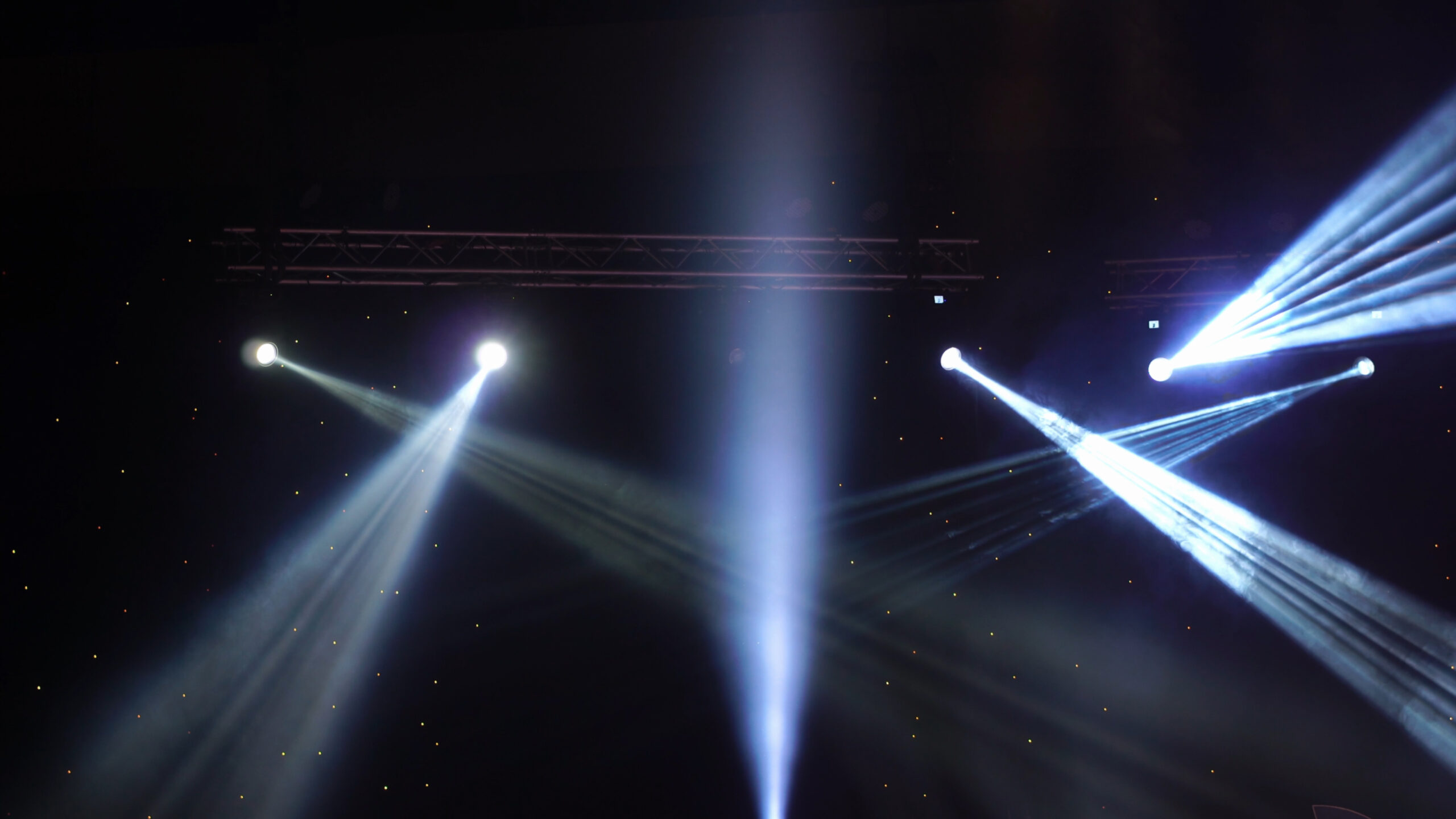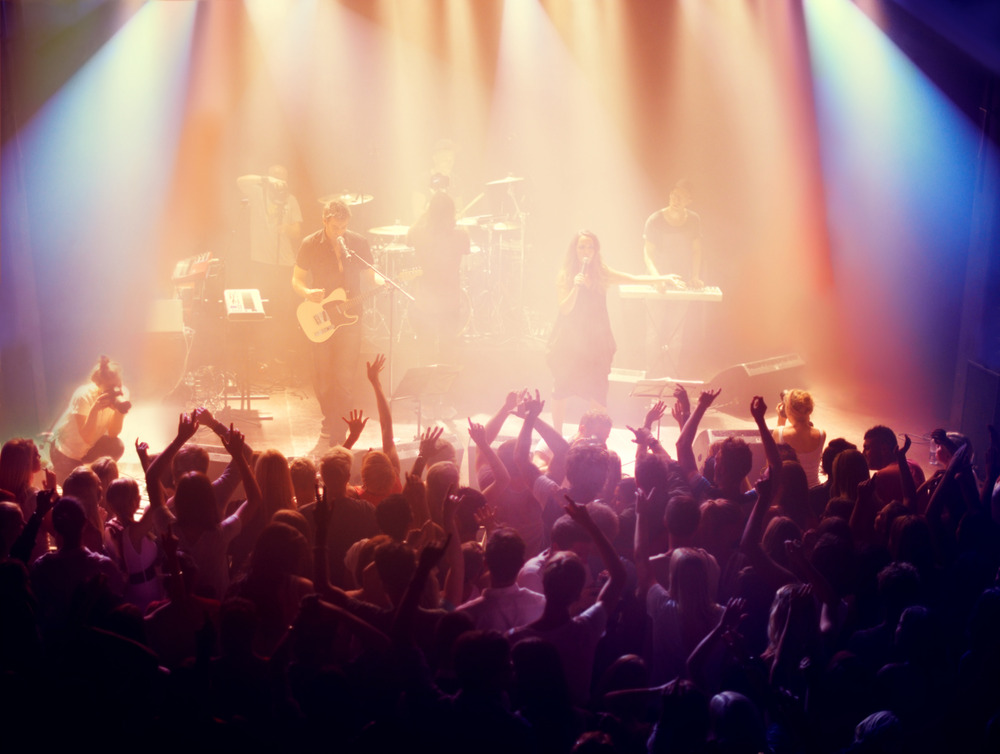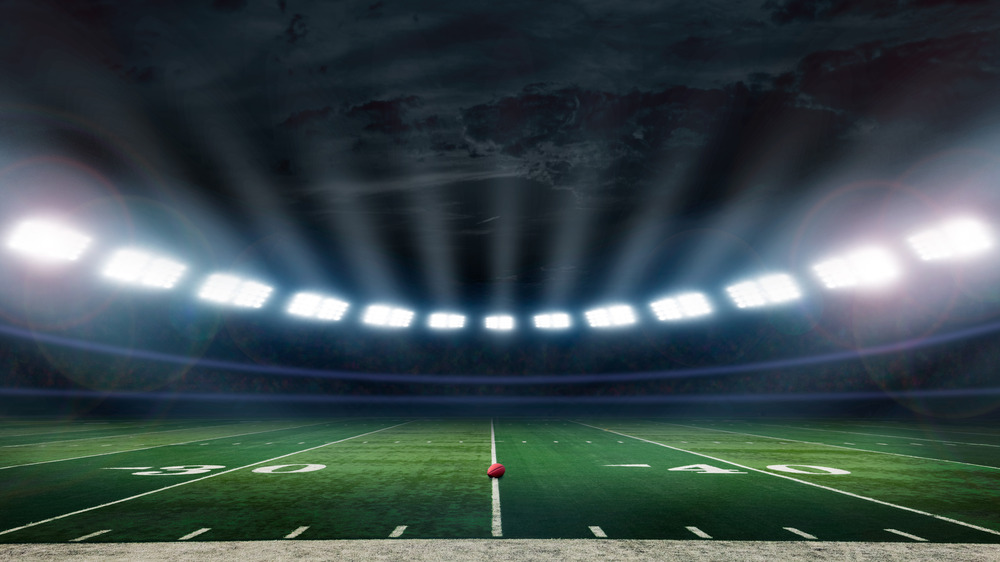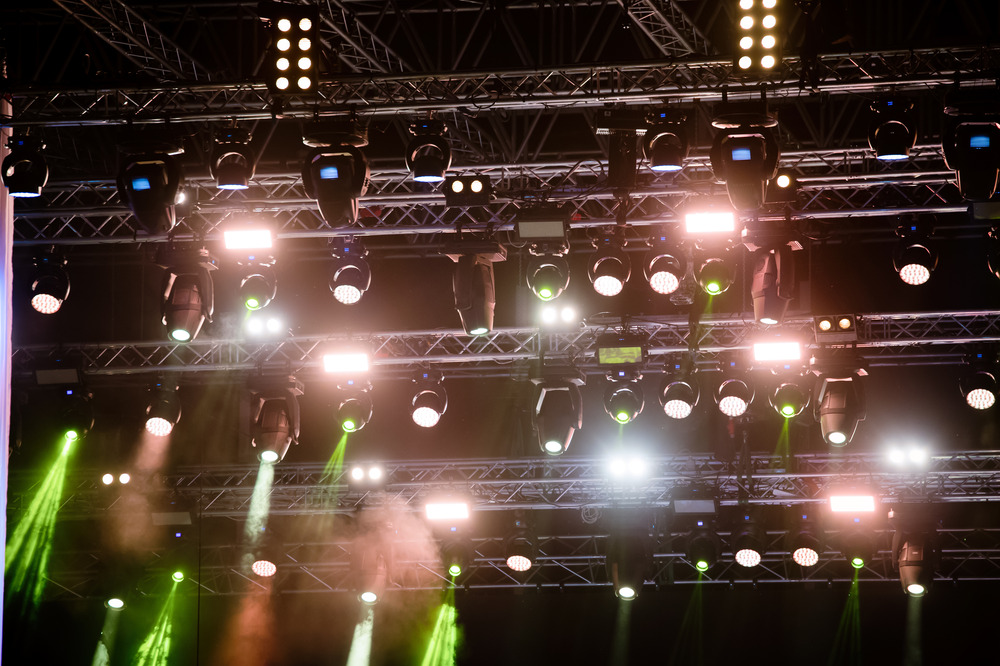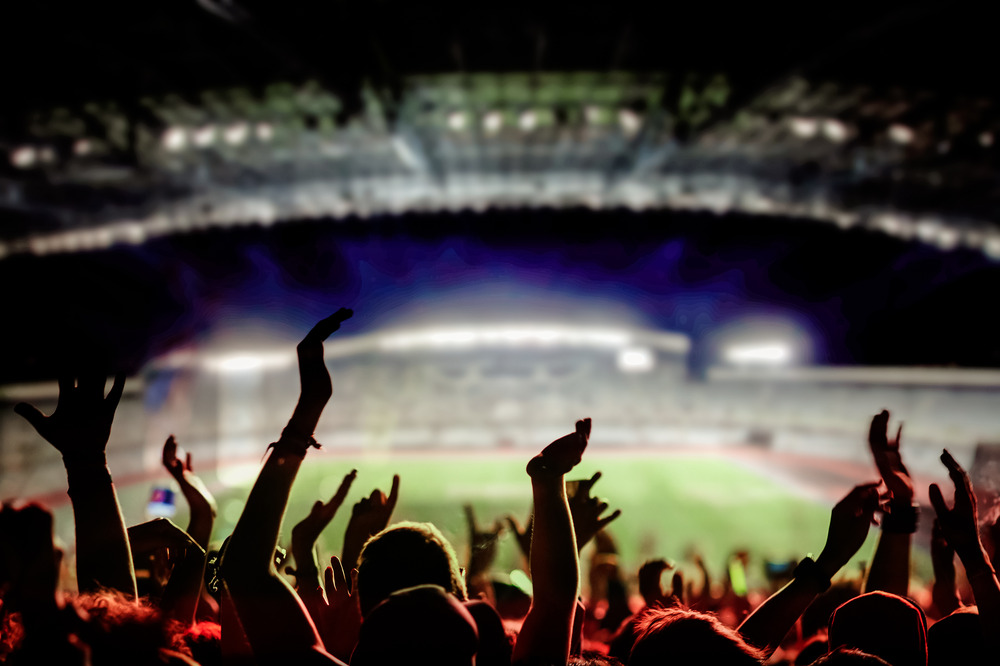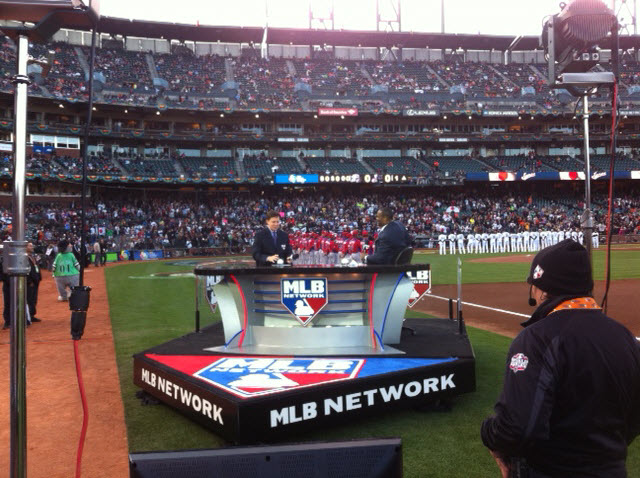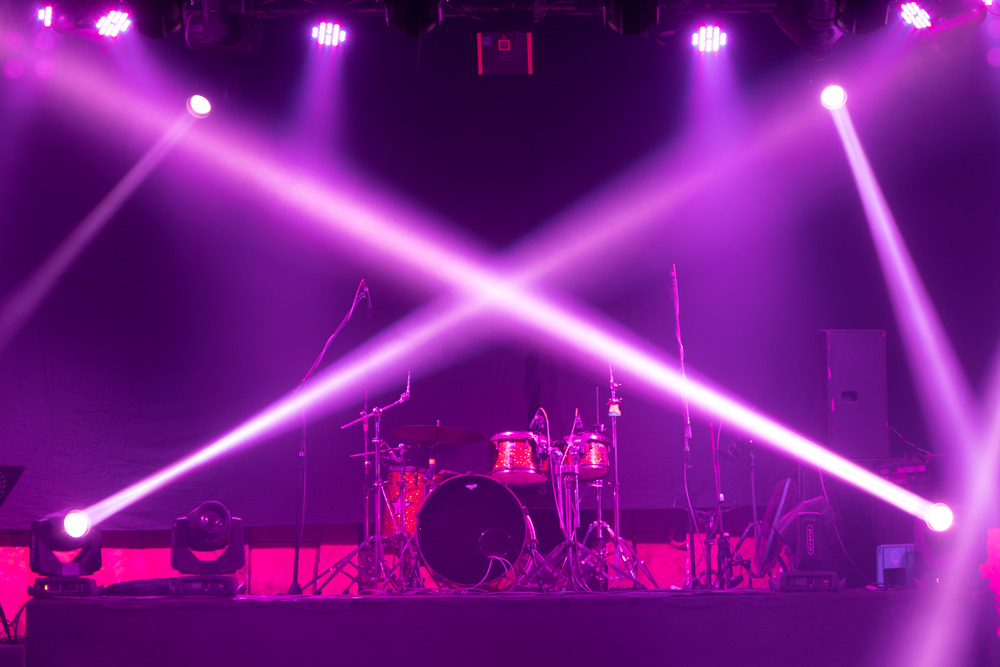Lighting doesn’t just support an event, it directs the mood, tells your story, and makes your audience feel something. Whether planning an intimate leadership retreat or a high-energy product launch, corporate event lighting has a big say in how your brand is remembered. From drawing focus on the speaker to transforming a dull meeting room into an immersive space, lighting changes everything.
You want flawless design, seamless execution, and zero stress. That’s where having the right expert matters. In this blog, you’ll find insights to help you make strong decisions about how lighting can shape and elevate your next brand-hosted experience.
How Corporate Event Lighting Shapes Guest Impressions
Lighting sends a strong message before a word is spoken or a presentation begins. People notice, often subconsciously, how a room feels as they walk in. Is it cool and sterile? Warm and inviting? Lighting is the silent greeter that sets expectations from the start.
And it’s not just about ambiance. Lighting subtly guides your audience’s attention span, helps them feel at ease, and reinforces how your brand wants to be perceived. Think of it like visual punctuation; it tells people when to focus and relax and when something big is about to happen.
When Lighting Misses the Mark
Sadly, bland or poorly executed lighting is the fastest way to zap energy out of a high-cost event. We’ve seen it more often than you’d think:
- Fluorescent overheads with no shape or color
- Bright spots that wash out speakers or décor
- Uneven lighting that confuses rather than connects spaces
It’s the kind of stuff that makes an executive luncheon feel like a boardroom call, not in a good way.
Light As A Mood Cue
Now, when lighting is done well? That’s when things get interesting. Ambient lighting helps soften a space, while layered lighting can shift the emotional pulse of a room. You can build anticipation with sudden blackouts and signal a change in tempo with gentle fades or color transitions.
Cue lighting, in particular, adds polish, especially for time-sensitive segments like speaker handovers or awards. This is exactly why Frank Gatto Lighting breaks down how smart decisions around lighting can make or break your event. It’s more than just brightness; it’s a choreography that people never forget.
Designing a Lighting Plan That Works with Your Event Strategy
Lighting shouldn’t be an afterthought; it must be baked into the earliest planning stages. The right choices depend heavily on your event’s goals, layout, and vibe.
Start with Purpose
A product launch, for instance, thrives on bold color shifts and high-contrast focuses that energize attention. A boardroom-style keynote? That calls for crisp, flattering front light paired with subtle background hues to keep the spotlight on the speaker without overwhelming the space.
Set the Mood
If a connection is the goal, think mixers or client appreciation events. Softer washes and amber-toned glows usually win. They’re inviting without being intrusive. It’s less about flair and more about atmosphere. You want guests to feel comfortable relaxing, talking, and staying longer.
Think About the Space
Now, here’s where the room itself steps in. A soaring ballroom handles lighting very differently than, say, a warehouse or rooftop deck. Scale matters. You’ll need to match the intensity, angle, and coverage to the size and structure of the space. Got low ceilings? That might limit rigging options, but clever uplighting or strategic bounce can still create depth. Outdoor events? Be ready for daylight transitions and possible weather quirks.
Tailor the Details
Then comes personalization. A detailed consultation should result in lighting tailored to your event’s style, not a generic setup. Our pros walk teams through what to expect from an event lighting consultation so each design is genuinely customized and rooted in what you’re trying to achieve, not just how it looks.
The bottom line? Design with intention, adjust for the space and don’t skip the conversation with someone who knows their gels from their gobos.
Working with a Pro: What It Takes to Get the Details Right
Pulling off flawless lighting at a corporate event isn’t just about flipping switches; it takes serious know-how and hours of behind-the-scenes prep. That’s where experience comes into play. For instance, an Emmy Award-winning lighting designer doesn’t just show up with gear. They bring decades of practical knowledge, creative instincts, and a deep understanding of what works where. When time is tight and pressure’s high, that kind of calm, adaptive expertise is pure gold.
Don’t Confuse AV With Lighting Design
Let’s clear up a big mix-up: your AV crew isn’t the same as a lighting designer. Yes, many AV firms offer lighting… but it’s often standard, flat, and frankly uninspiring. A specialized designer thinks in emotion, contrast, and timing. They use custom tools, not cookie-cutter setups.
The result?
- A stage that highlights your speaker without overpowering them
- A sponsor wall that feels more luxe boutique than an airport trade fair
The small stuff, done at a high level, sets you apart.
Why It Makes Life Easier
Working with a lighting expert makes your life easier in ways you may not realize: think pre-event walkthroughs, 3D renderings, and smart visualization tools that let you preview everything before a single cable’s run. It’s all part of how we focus on keeping your event stress-free and your brand looking exactly how it should: brilliant under the lights.
From Setup to Showtime: Bringing Lighting to Life
Once the design’s locked in, the magic starts hours before guests arrive, sometimes days. A successful lighting production doesn’t just happen. It’s mapped, programmed, tested, and timed to the second.
The Setup Behind the Scenes
Corporate lighting setups vary wildly depending on the format. A keynote event might require multi-day load-ins, high-powered rigs, and pre-show cue integration. An outdoor launch could demand portable rigs, battery backups, and hidden infrastructure. Either way, it follows a tight schedule. Getting this right is what separates forgettable from phenomenal. Check out our blog for insights on how our team’s professionalism makes events come to life.
Coordination That Can’t Be Missed
Then there’s the coordination, which is often underestimated and always critical. Lighting doesn’t work alone. It weaves through staging, audio cues, speaker timing, and décor placement. One misfire or delay? It throws off the rhythm. Skilled lighting teams sync with production leads to adjust wavelengths in real time based on who’s at the mic, what’s onscreen, or how the crowd’s reacting.
When Precision Meets Experience
And this is where expertise becomes obvious. It’s not just plugging in gear and flipping switches. Real precision comes from testing, refining, and, yeah, rounds of walk-throughs. You need people who’ve done this hundreds of times. So many teams trust our reputation for excellence in corporate shows because “good enough” doesn’t cut it when your brand reputation is in the spotlight.
Making Your Event Unforgettable Through Light
Lighting, at its core, is emotional architecture. It sets your message in motion before a single announcement, video, or speaker takes the stage. Done right, it shapes the room’s look and how people feel in it. That’s why light isn’t just functional; it’s narrative.
Start With Your Story
To match brand tone, experiential lighting can amplify impact using hue shifts, texture washes, and rhythmic movement. Color and contrast tell your audience whether your message is bold, luxurious, energetic, or reflective. This blog on how to light your corporate event breaks down the connection between brand and lighting well.
Light as Atmosphere, Not Just Decoration
But lighting isn’t just another detail in your décor checklist. It creates an atmosphere across dimensions. Ceilings become canvases, floors say something with each movement cue, and even walls can breathe with light, especially in environments like tradeshows or executive celebrations.
More Than Gear: Timing, Pressure, and Skill
That said, pulling this off takes more than good gear. It takes someone who knows timing, pressure, and how to make magic when it matters. Planning gets easier when you’ve got someone who can see around corners. If you need a partner who’s pulled off highly visible productions under pressure, rest easy knowing we have your event covered, regardless of size or location.
Thoughtfully designed lighting can elevate corporate events, crafting magical moments that resonate long after the final presentation. Contact us today and let’s illuminate unforgettable experiences together!

